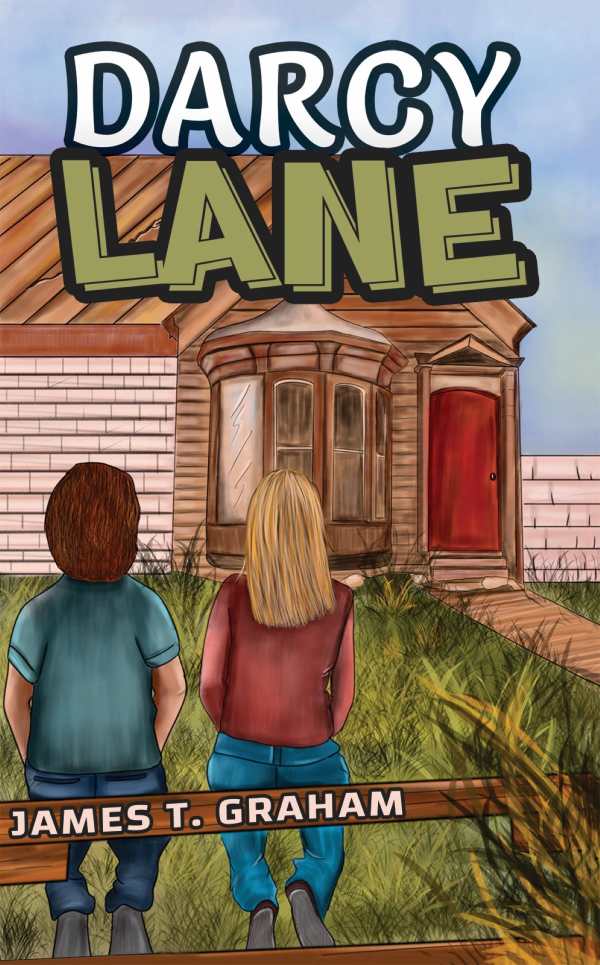Darcy Lane
In the novella Darcy Lane, a gritty environment and harsh circumstances impact a girl into her troubled young adulthood.
In James T. Graham’s young adult novella Darcy Lane, a young Englishwoman recalls her childhood trauma.
When she was seven, Elise lived on a rough council estate. There, she witnessed the murder of her mother, Grace, at the hands of her drunken boyfriend. Years later, Elise, who is now twenty, is released from a psychiatric hospital and returns to her grandfather’s home. There, she resumes her friendship with a neighbor, Tom. Together, they read Grace’s journal entries; meet people who knew Grace; and visit an abandoned property on Darcy Lane that enchants Elise.
Elise’s childhood is detailed in frank and visceral terms, and features instances of domestic violence and alcohol abuse. Who people are is not explored far beyond these events: Grace, whose loss is amplified, is present for too little of the novel to feel tangible; Elise’s psychotic breaks, wherein she imagines seeing her mother, feel too dramatic as a result.
As the story skips through time, it leaves underdeveloped scenes in its wake. These include vulnerable Elise’s failure to reintegrate into society, as well as her involvement with three dangerous men who ply her with gin and encourage her questionable choices. The transitions between chapters are abrupt as well, while the book’s switches to other characters’ perspectives, including Elise’s grandfather’s, interrupt its flow. And as the story progresses, Grace’s journal entries become a forgotten element; their initial importance is called into question.
Even-tempered Tom sustains interest because of his continual support for Elise, even when he disagrees with her. But ultimately he’s a bystander in the story, present as a source of companionship. He suggests to Elise that stability is possible, now that she’s left the psychiatric ward.
Lancashire is detailed in sharp but peripheral terms that sketch its tough neighborhoods with realism. Around Elise, people are skeptical about the police; they deal with burglaries and engage in idle wandering. In contrast, the house at Darcy Lane is constructed as a refuge; Elise imagines redecorating it. Still, even its strong, aspirational presence is ultimately subsumed by a sudden event. The rapid ending is stuffed with violence and revelations, recentering awareness of Elise’s damaged psyche.
In the troubling novella Darcy Lane, a gritty environment and harsh circumstances impact a girl into her young adulthood.
Reviewed by
Karen Rigby
Disclosure: This article is not an endorsement, but a review. The publisher of this book provided free copies of the book and paid a small fee to have their book reviewed by a professional reviewer. Foreword Reviews and Clarion Reviews make no guarantee that the publisher will receive a positive review. Foreword Magazine, Inc. is disclosing this in accordance with the Federal Trade Commission’s 16 CFR, Part 255.

